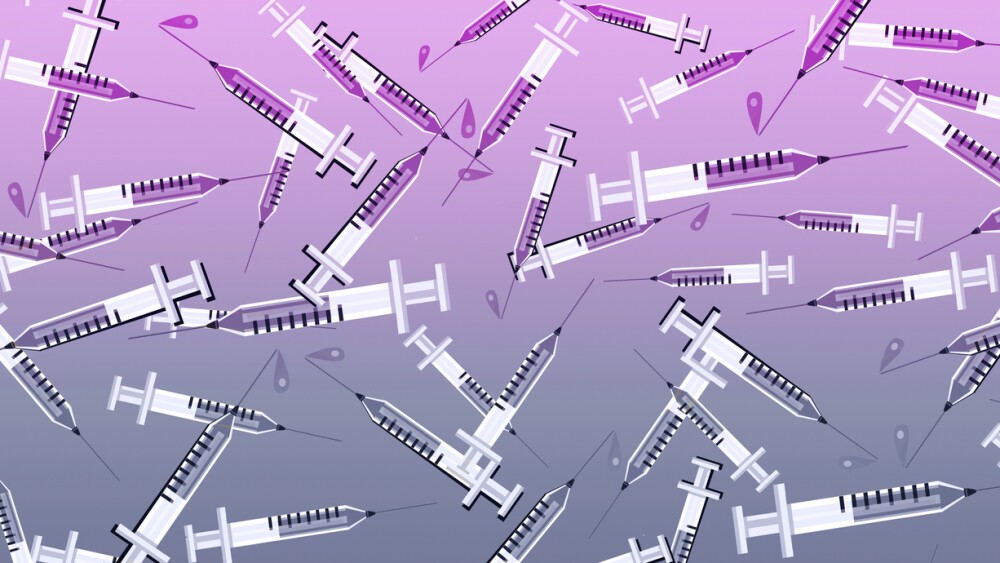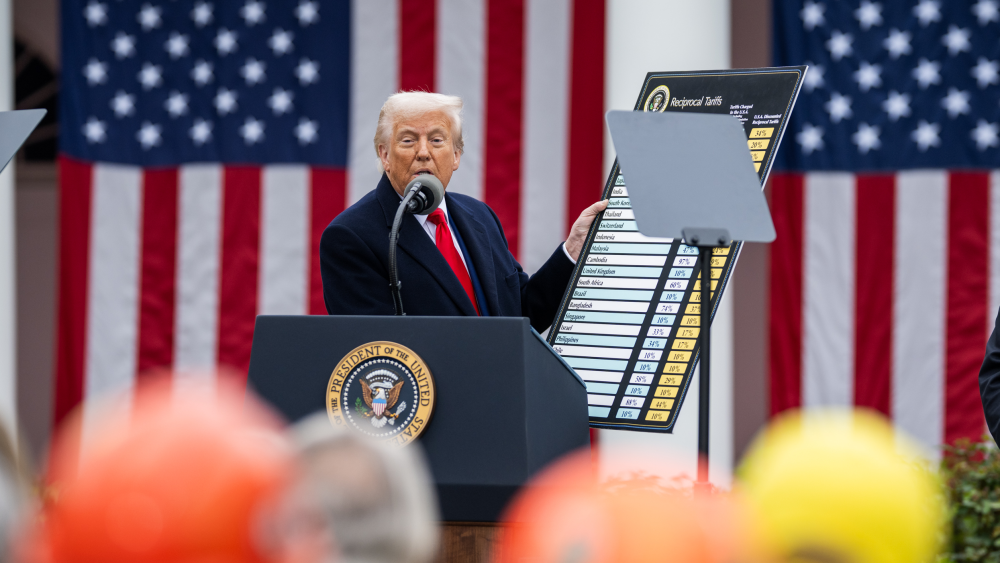The disclosure comes the day before the WHO is expected to plan for the next phase of investigations into the origins of COVID-19.
A previously undisclosed intelligence report by the U.S. State Department reports that three scientists at China’s Wuhan Institute of Virology received hospital care in November 2019 for influenza-like symptoms. The findings were on a State Department fact sheet that said they went to the hospital “with symptoms consistent with both COVID-19 and common seasonal illness.”
The disclosure comes the day before the World Health Organization (WHO) is expected to plan for the next phase of investigations into the origins of COVID-19.
In May, the WHO released a draft report of its international investigative team who visited Wuhan, China, from mid-January to mid-February. That report described four scenarios for the pandemic’s origins in order of likelihood, with the first being from bats via another animal.
The study indicated they thought this was “very likely.” Direct spread from bats to humans was believed to be “possible,” and spread through “cold-chain” food product was “possible, but not likely.” The fourth was a possible leak from a laboratory but was described as possible but “extremely unlikely.”
The Trump administration released the State Department fact sheet in January. The Wall Street Journal first reported on the intelligence report over the earlier hospitalizations.
People briefed on the topic say the intelligence community does not know what the scientists were sick with. They also say there is not much confidence in intelligence assessments of the pandemic’s origins other than it started somewhere in China.
The director of the Wuhan National Biosafety Lab, part of the Wuhan Institute of Virology (WIV), Yuan Zhiming, told China’s state-run Global Times, “I’ve read it, it’s a complete lie. Those claims are groundless. The lab has not been aware of this situation, and I don’t even know where such information came from.”
Zhao Lijan, spokesman for China’s Foreign Ministry, accused the U.S. government of “hyping up the lab leak theory. Through field visits and in-depth visits in China, the experts unanimously agreed that the allegation of lab leaking is extremely unlikely.”
In April, Avril Haines, the U.S. Director of National Intelligence during the Worldwide Threats Hearing stated that “the intelligence community does not know exactly where, when, or how COVID-19 virus was transmitted initially.”
The Chinese government has also alleged that the virus originated outside China, including from the U.S. Army Medical Research Institute of Infectious Diseases (USAMRIID) at Fort Dietrich in Maryland. Most scientists involved say there is no data to corroborate that theory.
The Biden administration has not commented on the latest intelligence but has stated that the WHO and international experts should investigate all technically credible theories.
“We continue to have serious questions about the earliest days of the COVID-19 pandemic, including its origins within the People’s Republic of China,” said a spokeswoman for the National Security Council. “We’re not going to make pronouncements that prejudge an ongoing WHO study into the source of SARS-CoV-2. As a matter of policy we never comment on intelligence issues.”
In March, Marion Koopmans, a Dutch virologist on the WHO team who traveled to Wuhan earlier in the year, told NBC News that some staff at WIV had become sick in the fall of 2019, but she thought it was a regular, seasonal illness. It was common for people in China to go to the hospital when they become ill, either because of lack of access to a general physician or because they get better care there.
The Jan. 15 fact sheet stated that the “U.S. government has reason to believe that several researchers inside the WIV became sick in autumn 2019, before the first identified case of the outbreak, with symptoms consistent with both COVID-19 and seasonal illness.” It added that this “raises questions about the credibility of Shi Zhengli, the top bat coronavirus expert at WIV, who said the leak didn’t come from her laboratories.
Although the Trump administration was trying to pin the pandemic’s origins on WIV, several U.S. officials said the intelligence was “circumstantial,” which was worth investigating but not conclusive.
The current U.S. State Department spokesman, Ned Price, of the January 15 report, said, “A fact sheet issued by the previous administration on January 15 did not draw any conclusions regarding the origins of the coronavirus. Rather, it focused on the lack of transparency surrounding the origins.”
The original WHO investigative team did not review raw data or original laboratory, safety, or other records out of Wuhan. And on the same day of the report’s release, WHO chief Tedros Adhanom Ghebreyesus said the team had not adequately studied the hypothesis that there had been a laboratory leak and called for a more thorough investigation.
The U.S., European Union, and several other countries have called for a more thorough and transparent investigation, although they have not specifically called for a probe of the WIV laboratory. They did call for better access to data and samples from potential early cases of the disease.
Chinese researchers reportedly identified 92 potential COVID-19 cases among 76,000 people who became ill between October and early December 2019 but rejected requests to share raw data on the larger group.
The WHO group has also requested access to a Wuhan blood bank to test samples from prior to December 2019 for antibodies to the virus. At first, Chinese officials declined, claiming privacy concerns, but later agreed. However, that access has not yet been provided.





